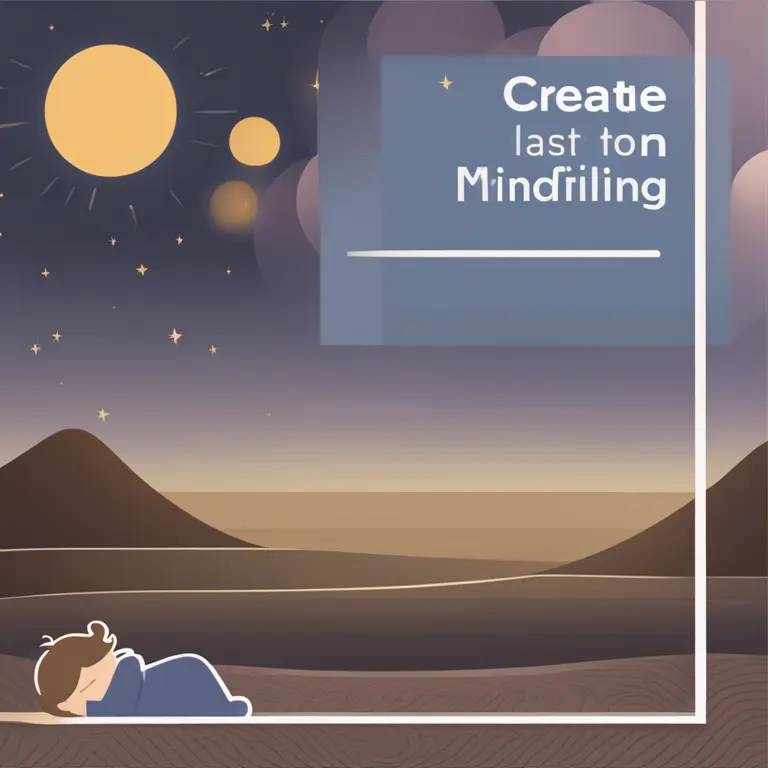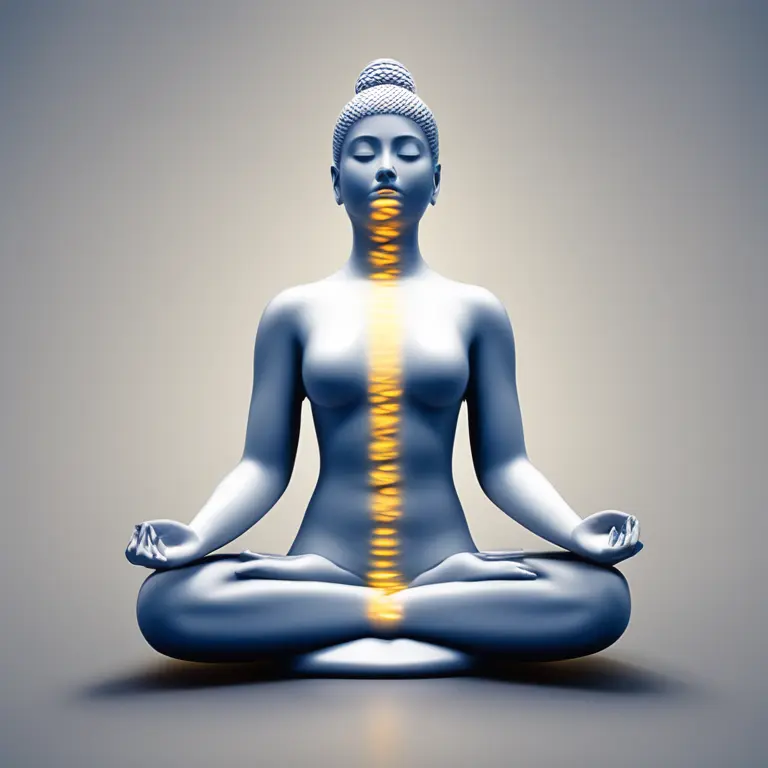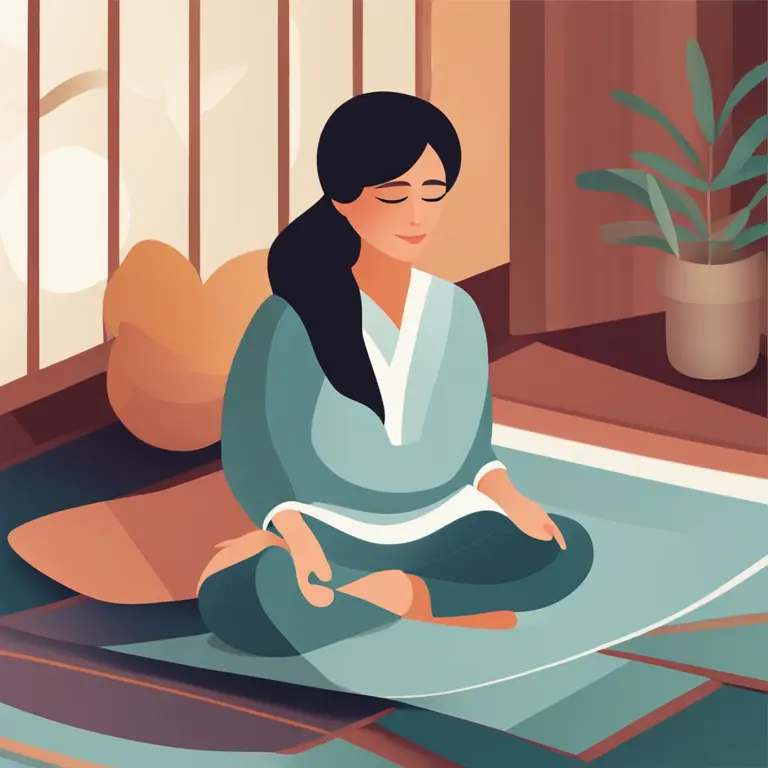
Exploring Meditation Techniques for Better Sleep
Discover effective meditation practices to calm the mind and enhance your sleep quality, leading to a more restful night.
article by Hina Kurosawa
Introduction to Sleep Meditation
Meditation as a sleep aid isn't a novel concept, but the methods and practices evolve with our understanding of mindfulness and sleep science. Restlessness and insomnia are often byproducts of a busy mind, and meditation can offer a pathway to mental clarity and relaxation. In this article, we'll dive into effective meditation techniques designed to prepare your mind and body for a restorative sleep experience. Modern sleep meditation incorporates newer insights into cognitive behavioral therapy and the body's relaxation responses to maximize its efficacy.

The Role of Mindfulness in Sleep
Mindfulness meditation teaches us to be present in the moment without judgment. Applying this to sleep-focused meditation involves observing thoughts and sensations without becoming attached to them—essentially breaking the cycle of sleep-preventative rumination. In recent years, research has emphasized the link between mindfulness practices and improved sleep patterns, making mindfulness an integral aspect of meditation for sleep in 2024 and beyond.

Breathing Techniques for Relaxation
Breathing is at the heart of most meditative practices and plays a critical role in preparing for sleep. Diaphragmatic breathing, or deep belly breathing, slows down the heart rate and activates the body's parasympathetic nervous system, which is responsible for 'rest and digest' responses. The "4-7-8" breathing method, where you inhale, hold your breath, and exhale for specific counts, has gained prominence as a reliable relaxation technique among sleep seekers.

Body Scan Meditation for Physical Release
A body scan is a popular meditative practice that involves mentally scanning your body for areas of tension and consciously releasing it. This method has evolved to be more detailed and personalized, encouraging individuals to notice even subtle sensations and to use visualization techniques to enhance the relaxation process. As we move into 2024, guided body scan meditations have become increasingly accessible through apps and online platforms, tailored to individual needs.

Visualization and Sleep Imagery
Visualization continues to be a powerful tool in sleep meditation. By creating a mental sanctuary — a peaceful and happy place — the mind can shift focus from stressful thoughts. Advances in virtual reality (VR) and augmented reality (AR) offer new possibilities for guided visualizations, with personalized environments that can be tailored to the individual's preference, further enhancing the meditation experience before sleep.
Incorporating Sound and Music
The utilization of soundscapes and music in meditation has been refined over the years. Binaural beats and nature sounds remain prevalent, but there has been a surge in personalization with curated playlists that align with a person's bio-rhythms and emotional state. Sound-based meditation has benefited from machine learning algorithms that adapt in real time to the user's relaxation levels, promoting deeper levels of tranquility conducive to sleep.
Regular Practice and Digital Detox
The benefits of meditation for sleep are maximized through consistent practice. Coupled with a digital detox—reducing exposure to blue light and electronic devices before bed—meditation can significantly improve sleep quality. Current trends indicate a rise in pre-sleep routines that blend offline meditation practices with online support communities and tracking apps to encourage and monitor progress.
Published: 1/14/2024
Modified: 1/15/2024
More predictions
Come back here soon to learn more about yourself and your future


Calming the Storm: Mindfulness Meditation for Anger
Discover how mindfulness meditation can be a powerful tool for anger management, promoting inner peace and emotional balance.


Easing Loneliness with Mindfulness Meditation
Explore how mindfulness meditation can provide solace and connection to alleviate the feelings of loneliness.


Mindfulness Meditation Basics for First Graders
Introducing foundational mindfulness meditation practices to instill calm and focus in first-grade students.